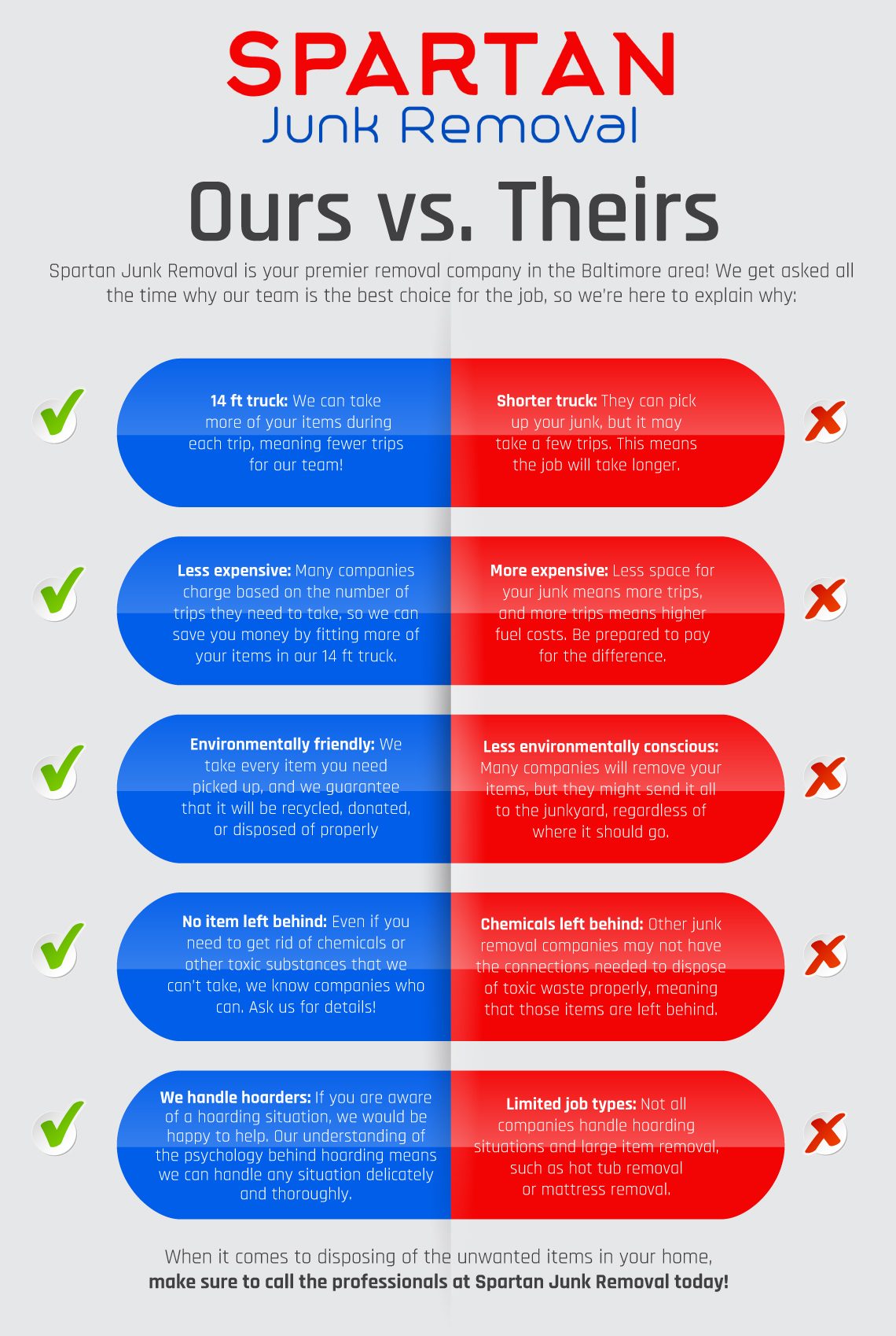Your Comprehensive Guide To Choosing The Correct Dumpster Dimension For Any Task
Your Comprehensive Guide To Choosing The Correct Dumpster Dimension For Any Task
Blog Article
Material Composed By-Matthiesen Fisher
When embarking on a task that calls for a dumpster, the size you select can greatly impact its performance and cost-effectiveness. Envision having the perfect container that fits all your waste without being excessively huge or too small. Everything beginnings with comprehending the nuances of your project and choosing a dumpster dimension that aligns with your specific needs. So, before you choose, think about the aspects at play to make certain a seamless waste monitoring procedure throughout.
Factors to Think about
When deciding on the ideal dumpster size, there are numerous vital variables to take into consideration.
First, consider linked here of waste you'll be throwing away. Various materials may need differing quantities of space, so understanding what you'll be putting in the dumpster is essential.
Next, assess waste management dumpster rentals of waste you expect to produce. If you undervalue the quantity, you may need to make numerous journeys to dispose of whatever, which can be inconvenient and pricey. On the other hand, renting a dumpster that's as well large can lead to unneeded costs.
Furthermore, think about the room where the dumpster will certainly be positioned. Ensure there suffices room for the dumpster to be delivered and grabbed without any obstructions.
Lastly, think of any weight restrictions that might apply. Surpassing the weight restriction can result in extra costs and even the refusal of service.
Dumpster Dimension Choices
For choosing the appropriate dumpster dimension, it's essential to have a mutual understanding of the available choices. Dumpster dimensions generally range from 10 to 40 cubic backyards, with variants in between.
trash bins near me -yard dumpster is suitable for small jobs like a garage cleanout or a small restoration. If you're dealing with a medium-sized job such as a kitchen remodel or a cellar cleanout, a 20-yard dumpster may be the appropriate selection.
For larger tasks like a whole-house remodelling or industrial building, a 30 or 40-yard dumpster could be preferable to fit the volume of waste generated.
When deciding on a dumpster dimension, think about the amount and kind of particles you anticipate to deal with. It's far better to choose a somewhat bigger size if you're not sure to prevent overfilling. Remember, it's even more cost-effective to lease a dumpster that fits your demands rather than having to purchase an added one.
Matching Size to Project
Ideally matching the dumpster dimension to your job is crucial for reliable waste administration. To figure out the ideal size, consider the scope and nature of your project.
For tiny home cleanouts or renovations, a 10-yard dumpster may be sufficient. These are generally 12 feet long and can hold around 4 pickup loads of waste.
For bigger projects like renovating several areas or clearing out a huge estate, a 20-yard dumpster might be more suitable. These are around 22 feet long and can hold roughly 8 pickup truck lots.
If you're taking on a major construction project or commercial improvement, a 30-yard dumpster could be the most effective fit. Read More In this article have to do with 22 feet long and can accommodate about 12 pickup lots of debris.
Matching the dumpster dimension to your project guarantees you have sufficient area for all waste products without overpaying for extra capacity.
Final thought
Finally, picking the ideal dumpster size for your project is important for effective waste disposal. By taking into consideration variables like the type and amount of waste, room accessibility, weight limitations, and budget restraints, you can ensure you have the suitable size dumpster for your requirements. Make certain to match the dimension of the dumpster to the extent and nature of your job to prevent overspending on unnecessary expenditures.
